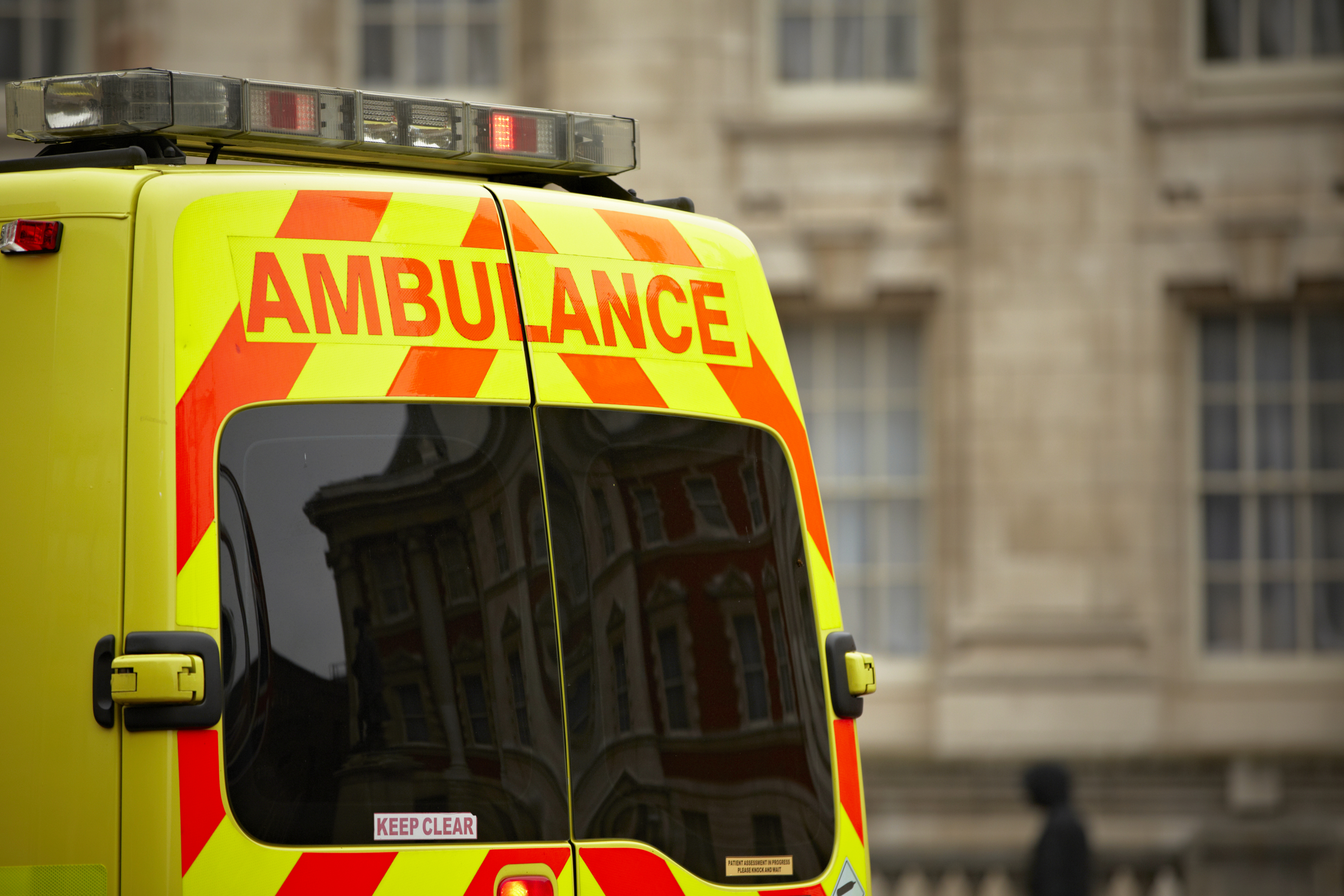Collaboration between emergency services is neither novel nor new. Many emergency services are already working with each other and other public bodies to provide better services while improving efficiencies. It was however argued that the present levels of coordination and collaboration are uneven and not as well developed as they might be. In September 2015, the UK Government published the consultation document ‘Enabling closer working between the Emergency Services’ aimed at promoting better coordination of emergency services in England. Early this year, the responsibility for fire and rescue policy was transferred to the Home Office from the Department of Communities and Local Government (DCLG). The Government also published its response to the consultation in January 2016. The Summary of consultation responses and next steps sets out legislative proposals to:
- introduce a high level duty to collaborate on all three emergency services, to improve efficiency or effectiveness;
- enable Police and Crime Commissioners (PCCs) to take on the functions of fire and rescue authorities (FRAs), where a local case is made;
- where a PCC takes on the responsibilities of their local FRA, further enabling him or her to create a single employer for police and fire personnel;
- in areas where a PCC has not become responsible for fire and rescue services, enabling them to have representation on their local FRA with voting rights, where the local FRA agrees; and
- abolish the London Fire and Emergency Planning Authority and give the Mayor of London direct responsibility for the fire and rescue service in London.
The latest consultation response assumes both the desirability of PCCs taking over the leadership of fire services and the ‘single employer’ form of merger to promote greater efficiencies. Arguments for and against the proposals to bring together the fire and police services under the remit of PCCs have been well rehearsed in the media. The consultation response does not specify the exact nature of collaboration between the ambulance services and the police and fire services. Other than suggesting a legal duty to collaborate, the role and responsibility of the NHS ambulance trusts in determining their legal duty remains unclear and has not attracted much attention and scrutiny.
The Association of Ambulance Chief Executives (AACE) has welcomed the intention of the Government backing to keep ambulance services as part of the NHS, while reaffirming its support for closer collaboration and more innovative blue light working between the three emergency services. The Keogh Review and the NHS Five Year Forward View also acknowledge the role and contribution of the ambulance services to the Government’s urgent and emergency care strategy. This view was also echoed by several speakers at the recent Ambulance Leadership Forum 2016.
Whether ambulance services see their future as part of NHS or whether there is a drive to integrate-fully or partially with other emergency services, there will always be the need for two functions currently provided by the ambulance services namely, (i) a means of supported transport of patients in the community to services provided in health care facilities and (ii) responsive, professional, timely outreaching emergency diagnosis and management service. These are the core of current ambulance services and will be the core of any future service(s). What is likely to change is the means of delivery and the professionals that delivers the service. Technology will enable better remote triage; increasingly skilled practitioners will use better decision support mechanisms to deliver more sophisticated heath care.
There is however a significant change in the profile for demand for the ambulance services as compared to the police and fire services. The overall attendance of fire services incidents has shown a decline of more than 40% over the last decade. Recorded crimes (other than fraud) are showing a downward trajectory since its peak in 2003-04. But ambulance demand has shown a steady increase of almost 10% over the last five years. Ambulance services are also no more the sole employer(s) of the paramedics, many of whom now work outside the NHS ambulance settings such as the GP surgeries, out-of-care facilities and with private ambulance providers. With a shortage of paramedic staff, managing such levels of demand and quality of patient care is clearly unstainable and it is no secret that ambulance services across the country are struggling to cope up with increased activity and meet their performance targets.
This is a changeable moment for the ambulance services. Steady rise in 999 demand and shrinking budgets are seen by many as two of the key challenges which are unlikely to go away in the near future. While their position within the blue-light architecture is still being decided, it presents opportunities for exploring new innovative organisational forms and management structures to bring about real reforms and transformational change. There has never been a greater need for an open and honest conversation between the ambulance leaders, policy makers and other stakeholders to debate the role and future of the ambulance services we all love and care about.

